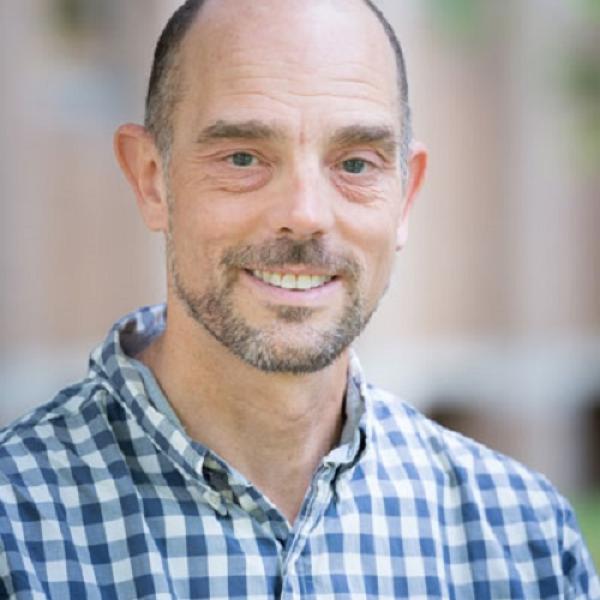Peter Cripton
Professor
Mechanical Engineering
Faculty of Applied Science
Dr. Cripton’s research interests are primarily focused on prevention, rather than treatment: an injury that never happens, as he points out, needs no repair or therapy. To this end, he works on spine, hip, and concussion biomechanics, all focused on either preventing injury or minimizing it as it happens. He also works a great deal with geriatric and pediatric models, looking at ways of preventing injury to very old and very young people. He and his team are developing improved mechanical and computational models of spines for crash test dummies and other injury testing, and they use pressure sensors to study swelling of the spinal cord after injury to better understand the response of the spinal cord to injury . He is also working with the US Department of Defense on setting safe transfer limits for medical evacuations.
Dr. Cripton is Co-Director of the UBC Orthopaedic and Injury Biomechanics Group. He is a Professor and the Associate Head – External in the Department of Mechanical Engineering, an Associate Faculty Member in the Department of Orthopaedics at the University of British Columbia, and a Principal Investigator at ICORD. Dr. Cripton’s undergraduate degrees in mathematics and mechanical engineering at Dalhousie University and the Technical University of Nova Scotia were followed by an M.Sc. and a Ph.D. at Queen’s University, his Ph.D. was collaborative with the University of Bern in Switzerland where he conducted experiments for his doctoral research. Dr. Cripton also worked as a Post–Doctoral Fellow at Yale University and he spent three years working as a consulting engineer at Exponent Inc. in Philadelphia before moving to UBC.
As the prevention of spinal cord injury is Dr. Cripton’s primary focus, he is very happy to be working in one of the few centres of SCI research with a focus on prevention. Working at the Blusson Spinal Cord Centre, just like being part of ICORD, gives him access to neuroscientists, clinicians, and basic scientists, all of whom are open to collaboration. The reason for the centre is the proximity it brings and similarly is one of the real strengths of ICORD as a group.
